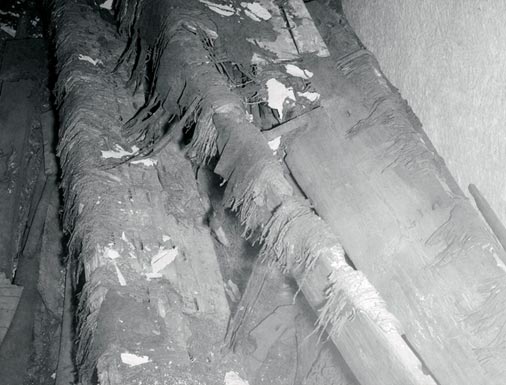Explore a Pharaoh's Boat

Discovery
In 1954, Egyptian archeologist Kamal el Mallakh, acting on a hunch,
dug under a stone wall on the south side of the Great Pyramid.
Beneath a layer of earth mixed with wood chips, charcoal, and
powdered limestone, Mallakh revealed a row of 40 limestone blocks
lined up like sardines in a can. The stones covered a rectangular,
rock-cut pit. Carving an exploratory hole in one of the blocks,
Mallakh peered below. This photo, taken at the time, shows what he
saw there: well-preserved wooden planks and oars, draped with the
remains of matting and ropes and still smelling of cedar.